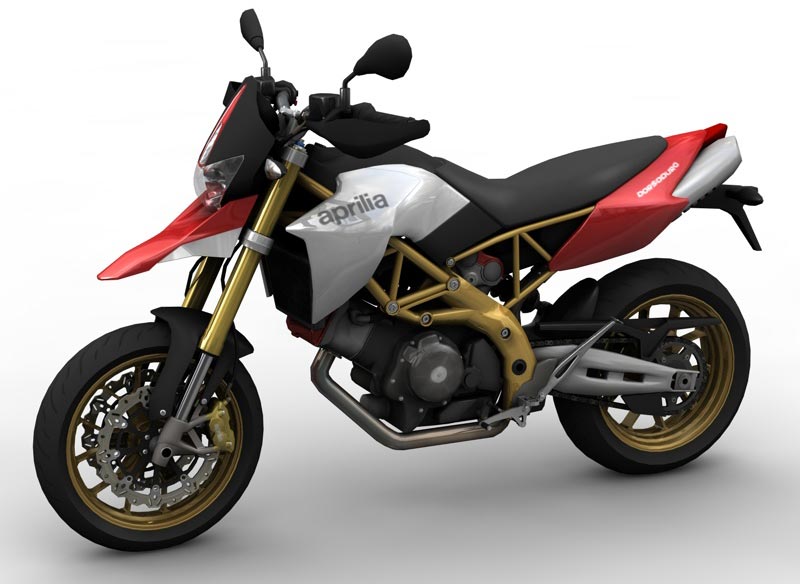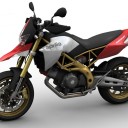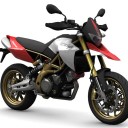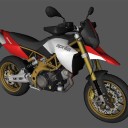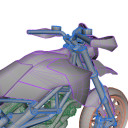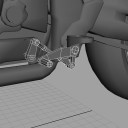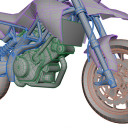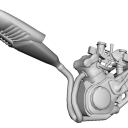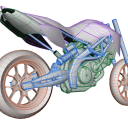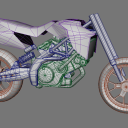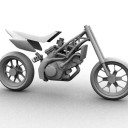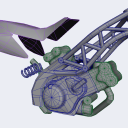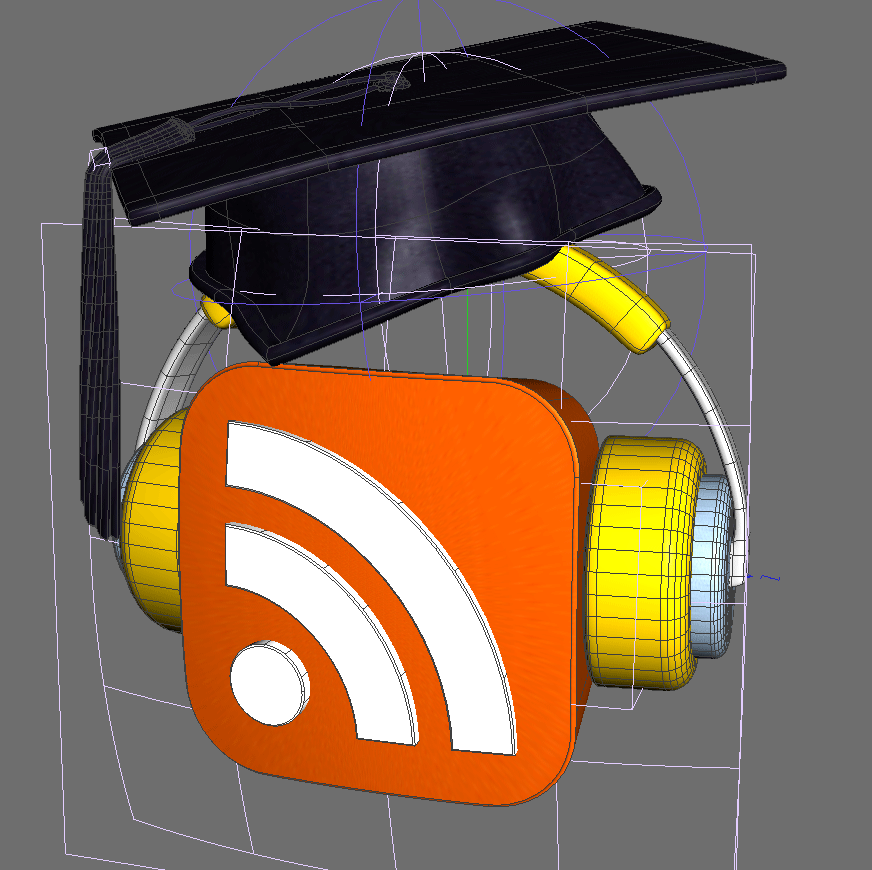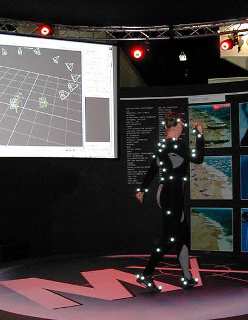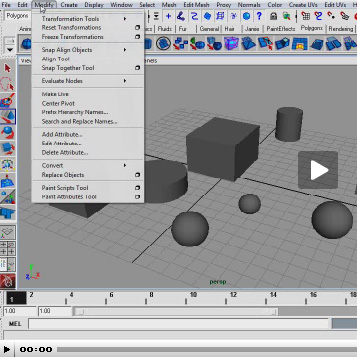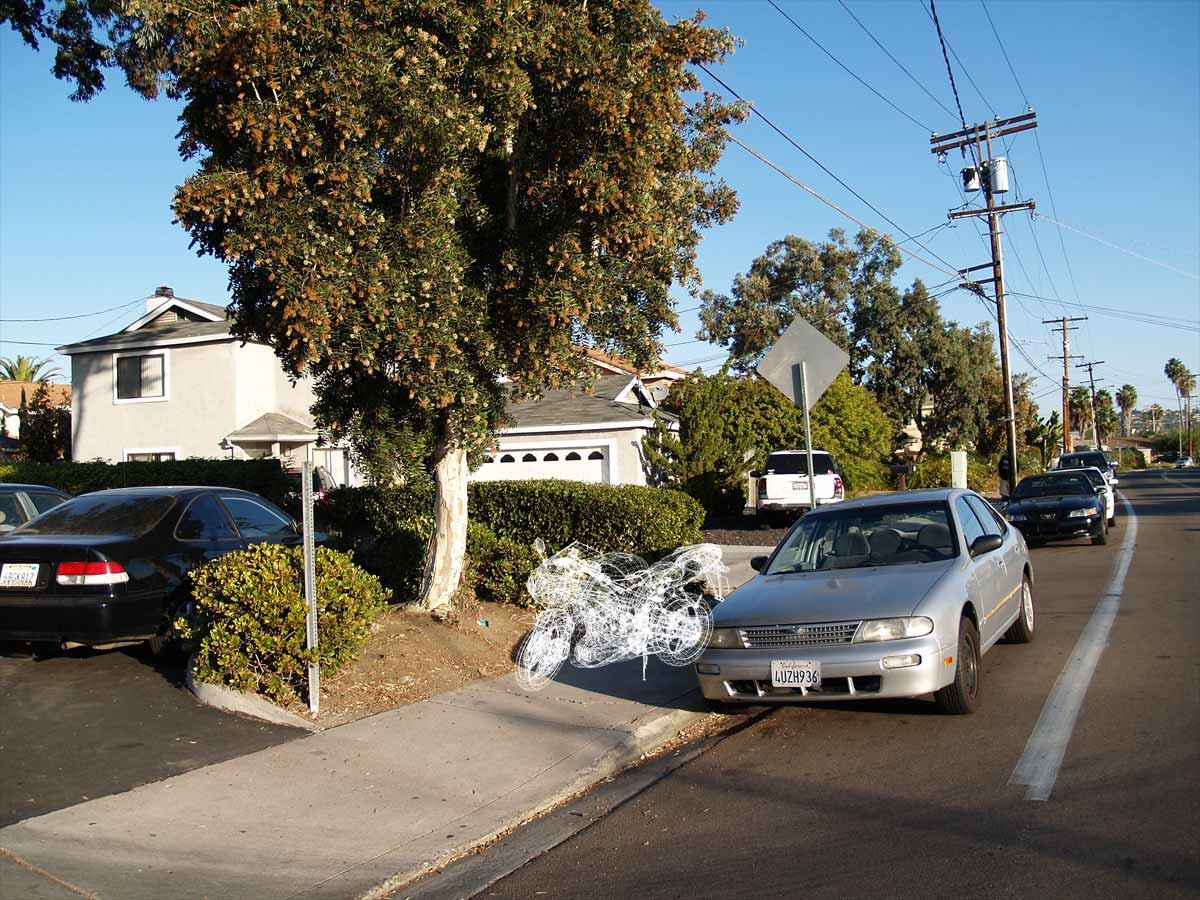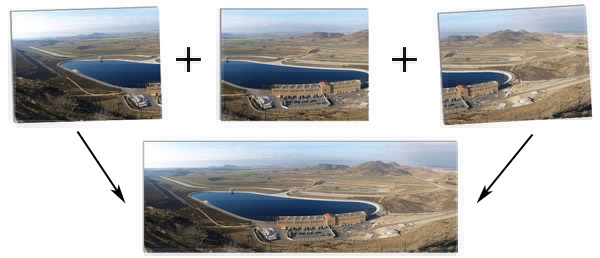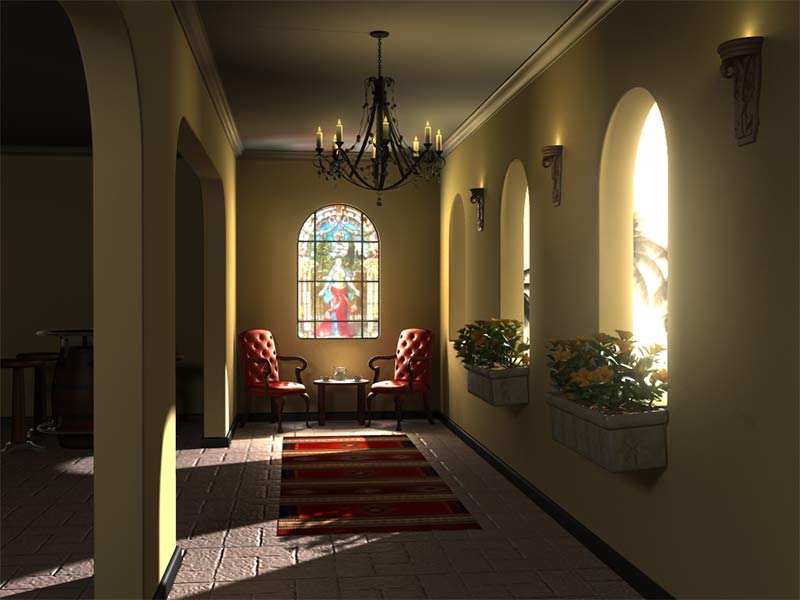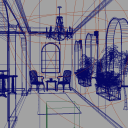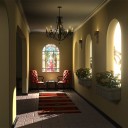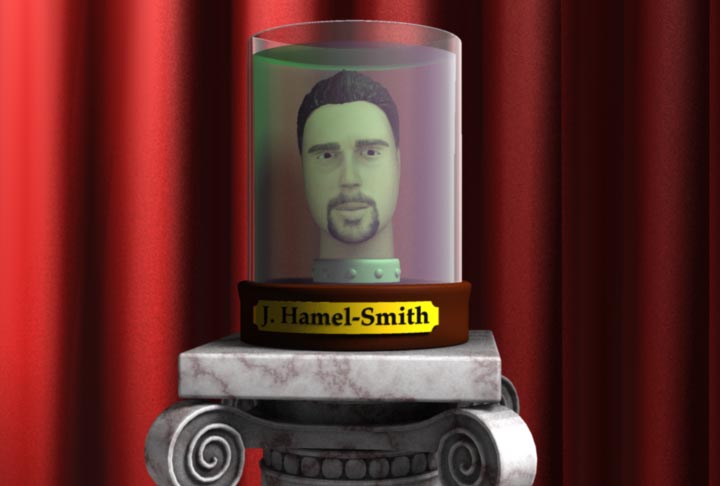 This is a simple 3D icon that I made for one of the PreCentral.net developers (drnull). His original icon was great, in fact it looked just like this one. While I thought it was a suitable icon and I liked the message the RSS-wearing headphones conveyed, I thought that it lacked depth, and it looked a bit flat and plain when placed next to the other first-party icons on the Palm Pre.
This is a simple 3D icon that I made for one of the PreCentral.net developers (drnull). His original icon was great, in fact it looked just like this one. While I thought it was a suitable icon and I liked the message the RSS-wearing headphones conveyed, I thought that it lacked depth, and it looked a bit flat and plain when placed next to the other first-party icons on the Palm Pre.
I grabbed the RSS icon from Wikipedia and used drnull’s color scheme and design, but rebuilt the icon from 3D objects. Since PrePod is open source, I even grabbed a copy of the code and packaged it with my new icon.
After posting the icon on the forum, drnull said he would package it with the next release of PrePod. All in all, I had fun making it and I’m glad that my effort gets to live on as an application icon for one of the most modern, slick mobile phone operating systems.
Here is a screen capture of the icon in the Palm Pre launcher.
Read More
